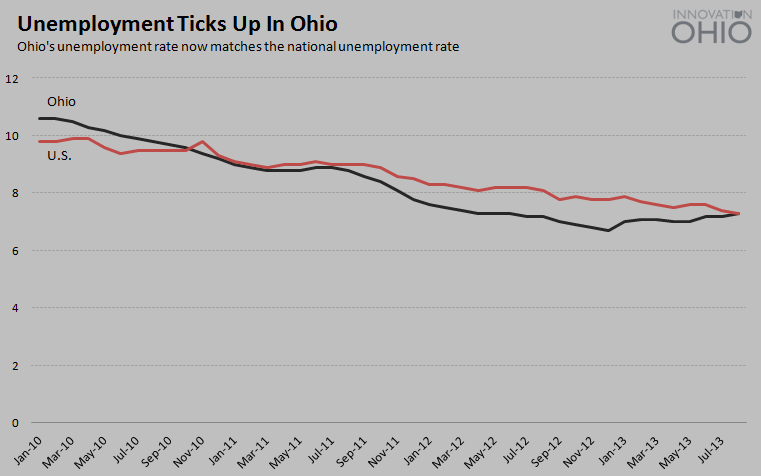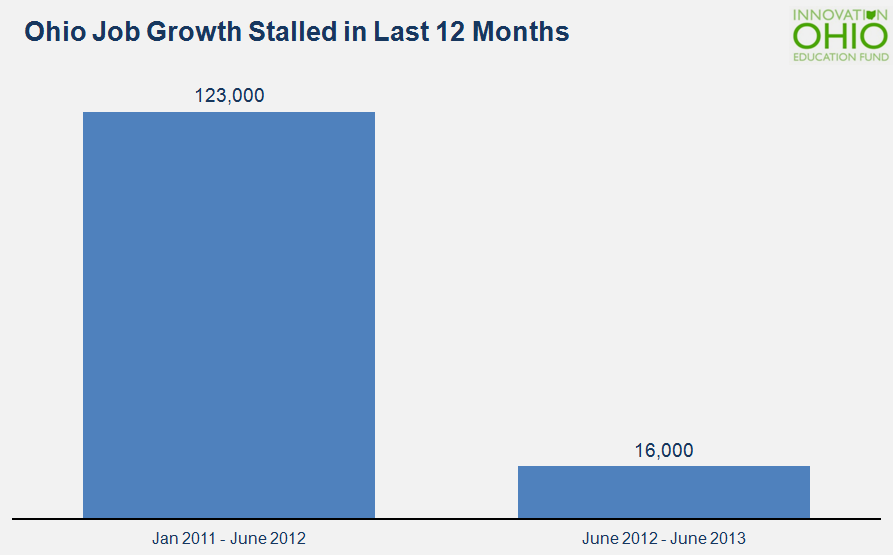Report Shows Ohio Cities are Driving the State’s Economy
The U.S. Conference of Mayors, in partnership with the Ohio Mayors Alliance, released a report last week, “Ohio Metro Economies,” that highlights how Ohio cities and metro areas are the driving force of the state’s economy. According to the data, for almost two decades, Ohio’s metro areas have accounted for all of the state’s job gains and 87 percent of the state’s GDP gains.
However, the health and future outlook of the overall statewide economy is not as strong. In the same time frame, most cities and towns across the state experienced net job loss. For Ohio to remain a competitive economy nationally, we need to renew invest in our urban cores and metro area transportation infrastructure. As the report indicates, construction job growth is specifically in the areas of roads and bridges.
As we know from previous research, Ohio’s cities need a serious reinvestment in their transportation infrastructure in order for their region, and thus the state of Ohio, to achieve long-term economic growth, as residents are demanding their metro areas be more mobile and accessible.
Approximately 2.4 million full-time jobs in Ohio are dependent on the state’s transportation infrastructure, including tourism and retail sales. Additionally, as companies look to re-locate or expand, they take note of the region’s transportation system, looking for areas with smoother, more-efficient transportation infrastructure.
This lack of investment in our cities, both in targeted economic development projects and money towards workforce development and infrastructure, has caused our young residents to flee towards Sun Belt states, leaving Ohio’s workforce older and aging. This cycle of underinvestment will lead to an economic downturn when there is both a shrinking supply of workers and low demand for the goods and services produced in the state.
Cities are the engines of Ohio’s economic growth. Columbus, Cincinnati and Cleveland each ranked in the top 100 largest economies in the world, exceeding the states of Montana and Arkansas. For Ohio to remain competitive nationally, in this new service-oriented economy, we need to create a strong, diversified, metro-focused statewide economy. Ohio will not grow without mindful, aggressive investment in its cities and surrounding metro regions.
For more information, you can read the full report on the Ohio Mayors Alliance website.



